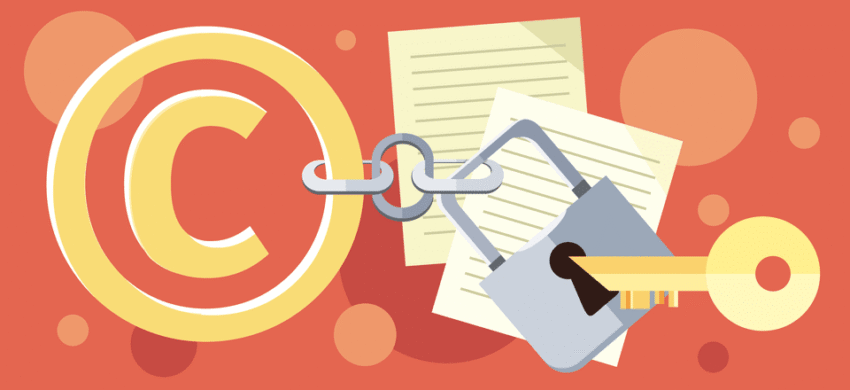“Intellectual Property” refers to an intangible category of assets, one that has real value and typically shows up on corporate balance sheets, but that which also often does not have a physical presence. The four main groupings of Intellectual Property assets are patents, trademarks, trade secrets, and copyrights.
Today, we are introducing the copyright, the Intellectual Property that matters most to NFT collectors.
What Is A Copyright?
A copyright is, literally, the right to copy. This type of Intellectual Property provides authors and creators of original material the exclusive right to use, copy, and/or duplicate their material. In addition, copyright provides original authors and creators with the power to grant anyone, through a licensing agreement, the authorization to use the authors’ or creators’ works. A creative work is automatically protected by copyright from the moment it is created, provided that the work meets the requirements of copyrightability. (17 U.S.C. §§ 102(a), 408(a)).
What Are The Requirements Of Copyrightability?
Stated by the US Copyright Office, copyright law only protects “the fruits of intellectual labor” that “are founded in the creative powers of the mind.” In determining whether a work is copyrightable, the Copyright Office analyzes questions such as:
- Has the work been fixed in a tangible medium of expression?
- Was the work created by a human author?
- Does the work constitute copyrightable subject matter?
- Is the work sufficiently original?
- Was the work independently created?
- Does the work possess at least some minimal degree of creativity?
The primary requirements for copyrightability are considered to be Creativity, Originality, and Fixation.
Creativity
A creator’s work must possess some minimal degree of creativity in order to sustain a copyright claim – it cannot be so mechanical or routine as to require no creativity whatsoever. However, a creator’s expression does not need to be novel, and it does not need to be presented in an innovative or surprising way. Therefore, the requisite level of creativity is extremely low – even a slight amount of creative expression will suffice. As a result, the vast majority of works make the grade quite easily, as they possess some creative spark, no matter how crude, humble or obvious it might be. Although the creativity standard is low, it is not limitless – “There remains a narrow category of works in which the creative spark is utterly lacking or so trivial as to be virtually nonexistent. Such works are incapable of sustaining a valid copyright,” as stated by the US Copyright Office.
Originality
Originality is the bedrock principle of copyright and the very premise of copyright law. Under copyright law, a work is considered original if it was created from independent thinking void of duplication, by a human being, featuring a minimal degree of creativity. Copyright law protects “those components of a work that are original to the author,” but originality does not require novelty – a work may satisfy the independent creation requirement “even though it closely resembles other works so long as the similarity is fortuitous, not the result of copying.”
Fixation
To be copyrightable, a work must be “fixed in any tangible (sufficiently permanent) medium of expression, now known or later developed, from which it can be perceived, reproduced, or otherwise communicated, either directly or indirectly with the aid of a machine or device [for a period of more than transitory duration].” 17 U.S.C. § 101 & § 102(a). For example, a work is fixed when you write it down, record it, or deploy it on-chain.
Thanks for reading!
